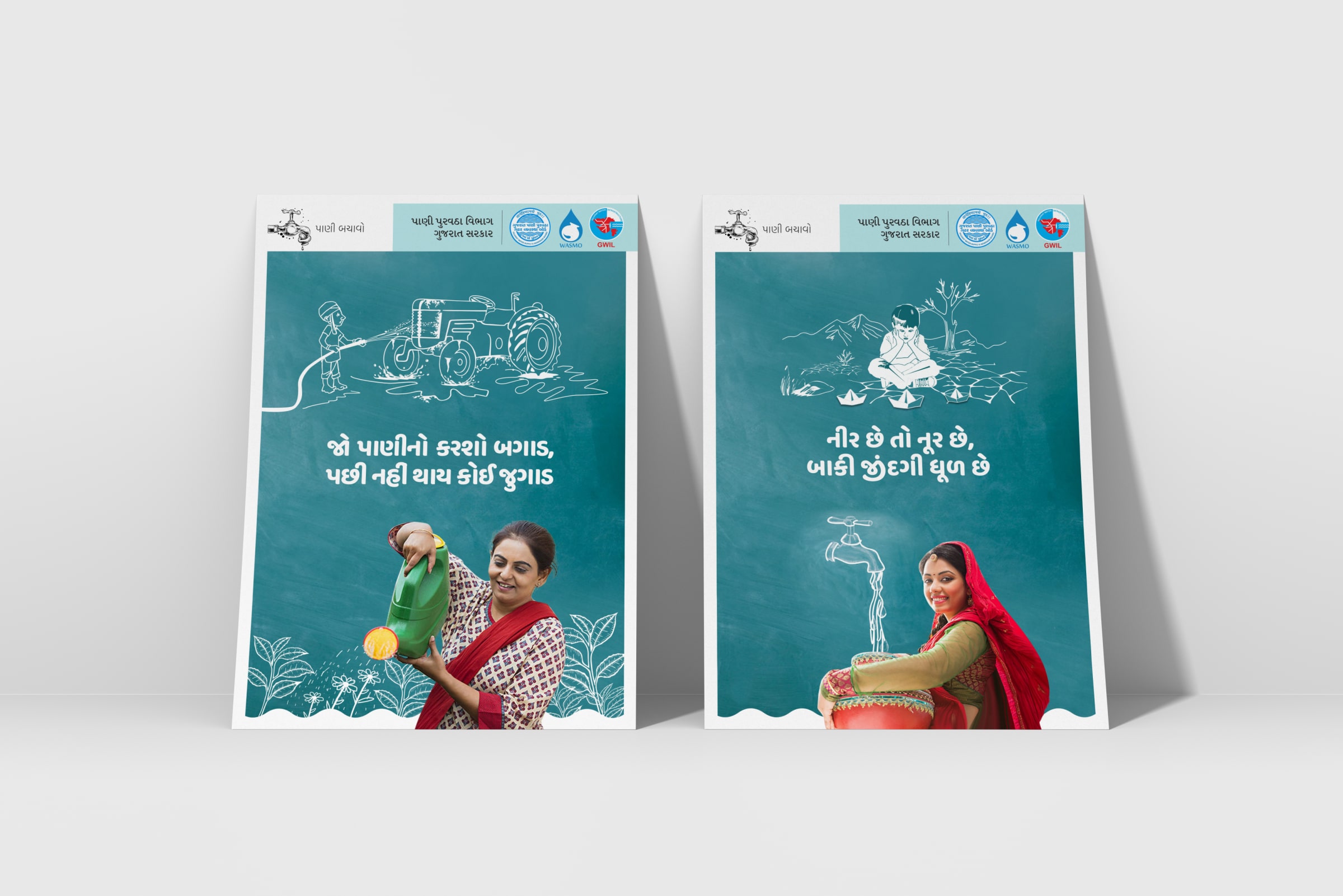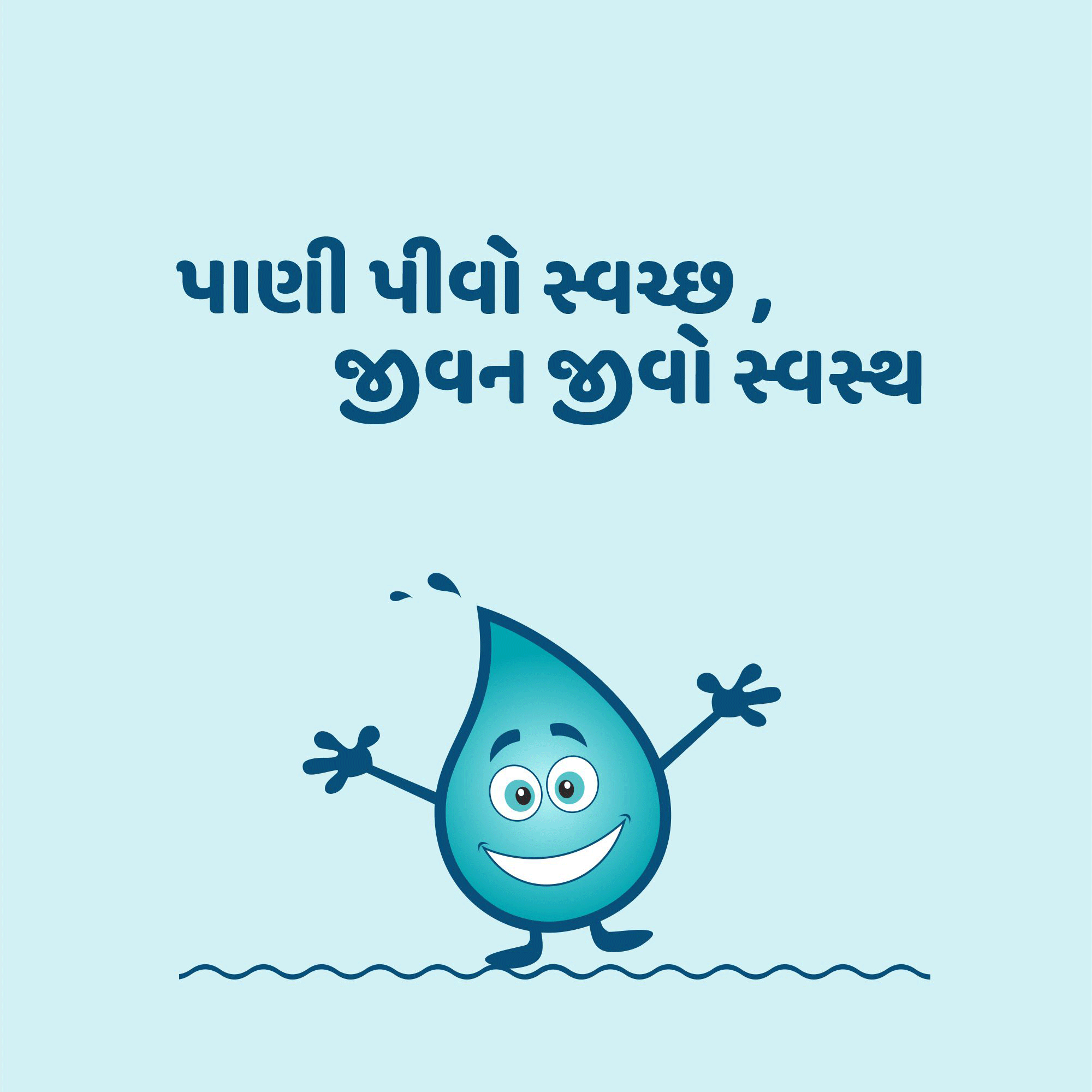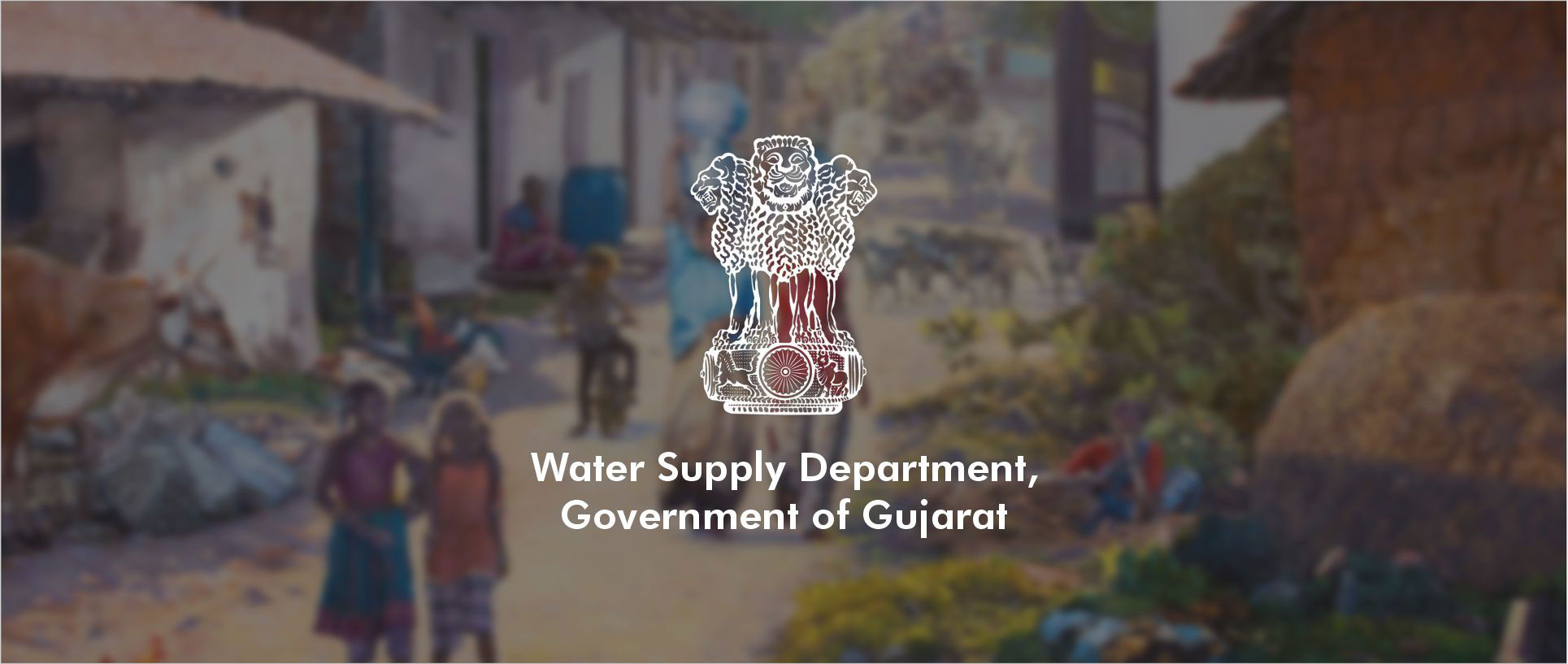Have you ever stopped to think about how culture shifts and grows, especially when we look a little further into the future? It's almost like watching a river, you know, always flowing, always changing its course, yet still very much itself. As we cast our gaze towards 2025, there's a certain buzz around how different cultural expressions might evolve, particularly within vibrant communities. We're talking about the kind of cultural movements that really get people talking, that capture the spirit of a time and place, and then, you know, spread far and wide.
Somali culture, for instance, has always had this incredible way of reaching out, connecting with folks all over the globe. It's truly become a global ambassador, introducing audiences to distinct sounds, movements, and stories that are just so captivating. From the lively rhythms of niiko to the deeply felt poetry and music, Somali artists and creators have consistently found new ways to share their heritage, making it something that resonates with many different people.
So, what happens when we start thinking about "wasmo 2025"? This isn't just about a date on the calendar; it's kind of a concept, a way to imagine what the next big thing in Somali cultural expression could be. It's about looking at how the influences we see today, like the energy of traditional dances or the reach of digital platforms, might shape what comes next. We're trying to picture the sounds, the visuals, and the connections that will define this upcoming period.
Table of Contents
- The Roots of Somali Cultural Expression
- Wasmo 2025: A Vision for the Future
- How Somali Culture Continues to Shape the World
- What to Expect: Wasmo 2025 and Beyond
- People Also Ask
The Roots of Somali Cultural Expression
To really get a sense of where Somali culture might be headed by 2025, it's pretty helpful to look back at where it's been. Somali artistic expression, you know, has a really rich history, deeply tied to its people's experiences and ways of life. For generations, stories have been passed down through oral traditions, and music has been a central part of everyday moments, from celebrations to quiet evenings. This foundation is, in a way, what gives everything its special flavor.
Traditional dances, like niiko, are a great example of this. They are more than just movements; they're expressions of joy, community, and identity. These dances, with their distinct rhythms and lively steps, have always been a way for people to connect, to share feelings, and to celebrate together. They are, you might say, a very visible part of the cultural fabric.
The sounds of Somali music, too, have a unique quality. They often mix traditional instruments and vocal styles with influences from neighboring regions and beyond. This blend creates something that is both familiar and fresh, something that really speaks to the heart. It's a sound that, over time, has found its way into many different places, captivating listeners who might not have even known much about Somalia before.
- Hanging Wedgie
- Is Selena Samuela Pregnant
- Brodie Moss Finger Injury
- Two Baby One Fox Comic
- Wwxxcom Reviews 2025
From Traditional Rhythms to Global Beats
It's fascinating how traditional sounds have, in some respects, started to blend with more modern, global beats. This isn't just a recent thing; it's a gradual process that has been happening for quite some time. Artists are always experimenting, you know, taking those deep-rooted rhythms and giving them a new twist, making them fit into contemporary music styles. This fusion creates something that is both authentically Somali and broadly appealing.
You see this in how certain melodies or vocal techniques, which are very much a part of Somali heritage, are now finding their way into pop songs or electronic music. It's almost like a bridge is being built between the past and the present, allowing new audiences to discover the beauty of these older forms. This kind of creative mixing really helps culture stay fresh and relevant.
This evolution is also about how artists themselves are growing. They are learning from different musical traditions while still holding onto their own unique voice. The result is often something truly special, something that stands out in the wider music scene. It's pretty clear that this willingness to combine old with new is a big part of what makes Somali music so dynamic.
The Role of Digital Platforms
Digital platforms have, without a doubt, played a huge part in spreading Somali cultural expressions far and wide. Think about it: social media sites like TikTok, or messaging apps like Telegram, have become central hubs for sharing videos, music clips, and various forms of entertainment. This means that artists and creators can reach people they never could before, pretty much instantly.
On TikTok, for example, you can find thousands of posts featuring Somali dance and music. These platforms allow people to share their creativity, to connect with others who appreciate their culture, and to build a community around these shared interests. It's a very direct way for cultural content to go viral, reaching millions of viewers in a short amount of time.
Telegram, too, has become a place where different groups and channels pop up, dedicated to various aspects of Somali entertainment and culture. This kind of digital space makes it easier for fans to find the latest content, to discuss what they love, and to feel like they are part of something bigger. It's really changed how cultural content is consumed and shared, making it much more accessible.
Wasmo 2025: A Vision for the Future
So, what does "wasmo 2025" actually mean in this context? It's really about looking ahead, imagining what the next big wave of Somali cultural influence might look like. It's a way to think about how all these elements – the rich history, the evolving sounds, the power of digital sharing – will come together to create something new and exciting. We're talking about a potential moment where Somali art and culture truly hit another level of global recognition.
This concept suggests a future where Somali artists continue to push boundaries, where their work becomes even more visible on the world stage. It's about a time when the unique stories and expressions of the Somali people gain even wider appreciation and understanding. This vision is, you know, pretty hopeful and forward-thinking.
It's also about the community itself. How will people engage with these cultural shifts? How will new generations interpret and carry forward their heritage? "Wasmo 2025" is, in some respects, a placeholder for these important questions and the answers that will emerge. It's a way to anticipate the dynamic changes that are always happening in any living culture.
Anticipating New Sounds and Movements
By 2025, we could very well see a fresh wave of sounds and movements coming out of the Somali cultural scene. Artists might experiment even more with electronic music, or perhaps they'll blend traditional Somali instruments with genres like Afrobeat or even classical compositions. It's hard to say exactly, but the possibilities are, you know, quite vast.
New dance styles, too, could emerge, drawing inspiration from both traditional niiko and contemporary global dance forms. These new movements might be specifically designed for digital platforms, making them even more shareable and visually appealing. It's almost like a natural progression, where creativity finds new outlets.
We might also see a rise in more collaborative projects, with Somali artists working alongside musicians and dancers from different backgrounds. This kind of cross-cultural exchange often leads to truly innovative and unexpected results. It's a way for art to grow and to reach even more people, broadening its appeal.
The Influence of Emerging Artists
The future of any cultural movement really rests on the shoulders of its emerging artists. By 2025, we can expect a new crop of talented individuals to step into the spotlight, bringing their own unique perspectives and creative visions. These artists will be the ones pushing the boundaries, trying out new things, and setting new trends.
They might use social media even more strategically, building direct connections with their audience and creating content that truly resonates. They could also be the ones to introduce new themes or storytelling approaches that reflect the experiences of a younger generation. It's pretty exciting to think about the fresh ideas they will bring.
These new voices will likely play a big part in defining what "wasmo 2025" looks like. Their innovative work will help shape the direction of Somali music, dance, and visual arts, ensuring that the culture remains vibrant and forward-looking. They are, in a way, the torchbearers for what comes next.
Community Engagement and Cultural Preservation
As culture moves forward, there's also a strong focus on community engagement and making sure that traditions are preserved. "Wasmo 2025" isn't just about new things; it's also about how the community supports its artists and how older forms of expression are kept alive. It's a balance, you know, between innovation and heritage.
This might involve more community-led initiatives, like cultural festivals or workshops, that teach younger generations about their heritage. It's about creating spaces where people can learn traditional dances, practice classic songs, and share stories. These efforts are really important for keeping the cultural flame burning brightly.
Digital tools can also help with preservation, allowing historical performances and oral traditions to be archived and shared widely. This ensures that even as new forms emerge, the roots remain strong and accessible to everyone. It's a pretty powerful way to ensure that culture continues to thrive for many years to come.
How Somali Culture Continues to Shape the World
The influence of Somali culture, as we've seen, goes far beyond its borders. It has truly become a global ambassador, reaching audiences in different countries and introducing them to its unique sounds and expressions. This outward reach is, in a way, a testament to the universal appeal of its art forms.
By 2025, this global presence is likely to grow even more. As more artists gain international recognition, and as digital platforms continue to shrink distances, Somali culture will find even more avenues to connect with people worldwide. It's an exciting prospect, really, to think about how much more widely it could be appreciated.
This ongoing influence also helps to foster a greater understanding and appreciation of Somali people and their heritage. When people engage with the music or the dance, they are also, in some respects, learning about the culture itself. This kind of cultural exchange is pretty valuable for building connections across different communities.
Bridging Cultures Through Art
Art has this incredible ability to bridge different cultures, and Somali art is no exception. When a song or a dance resonates with someone from a completely different background, it creates a moment of shared experience. This kind of connection can really break down barriers and build empathy between people.
Collaborations between Somali artists and international creators are another way this bridging happens. When artists from different parts of the world come together, they often create something that is richer and more complex than what they might have made on their own. This blend of perspectives is, you know, very enriching.
These artistic exchanges help to showcase the diversity within Somali culture itself, and how it can adapt and interact with other global influences. It's a dynamic process that helps culture stay alive and relevant in a constantly shifting world. This ongoing dialogue through art is pretty important.
The Power of Storytelling and Visuals
Somali culture has always had a strong tradition of storytelling, whether through poetry, song, or oral narratives. This power of telling a story, of sharing experiences and emotions, is something that really connects with people. By 2025, we might see even more innovative ways these stories are told.
Visuals, too, are becoming increasingly important. With the rise of platforms that focus on video content, the visual presentation of music and dance is just as key as the sound itself. Artists are creating compelling music videos and short films that really bring their stories to life. This visual element adds another layer of depth.
These visual narratives can communicate complex ideas and emotions very quickly, making them accessible to a wider audience, regardless of language. It's a pretty effective way to share cultural messages and artistic visions. The combination of strong storytelling and engaging visuals is a powerful force.
What to Expect: Wasmo 2025 and Beyond
Looking ahead to "wasmo 2025" means anticipating a time when Somali cultural expressions continue their impressive journey of global expansion and innovation. We can expect to see more artists gaining recognition, more diverse sounds emerging, and even more creative uses of digital platforms to share these cultural treasures. It's a pretty exciting time for those who appreciate the richness of Somali art.
The blend of tradition with modern influences will likely become even more sophisticated, resulting in unique artistic creations that resonate with audiences worldwide. Community efforts to preserve heritage will continue alongside this innovation, ensuring that the roots remain strong while new branches grow. You know, it's all part of a living, breathing culture.
Ultimately, "wasmo 2025" represents a period of dynamic growth and increasing visibility for Somali culture on the global stage. It's a time when the unique voice of this vibrant community will, arguably, be heard even more clearly and appreciated even more widely. To learn more about Somali culture on our site, and link to this page exploring Somali music trends. For broader context on cultural movements, you might find information on the UNESCO Culture Sector helpful.
People Also Ask
Q: What does "wasmo" mean in a cultural context?
A: The term "wasmo" is, in some respects, a complex cultural signifier within the Somali language. It has layered meanings that shift depending on how it's used. In a broader cultural sense, when thinking about "wasmo 2025," we're talking about a concept for the future evolution of Somali artistic expression, including music, dance, and other forms of cultural output, and how these might influence global trends. It's about the dynamic nature of cultural identity.
Q: How are Somali cultural expressions evolving?
A: Somali cultural expressions are constantly evolving through a blend of traditional roots and modern influences. Artists are, you know, experimenting with new sounds, incorporating global genres, and using digital platforms like TikTok and Telegram to reach wider audiences. This helps new dance styles and musical fusions emerge, keeping the culture fresh and accessible to younger generations and people worldwide.
Q: Where can I experience new Somali music and dance?
A: You can often experience new Somali music and dance through various online platforms. Social media sites, particularly TikTok and YouTube, are very popular for discovering new artists and performances. There are also dedicated channels and groups on platforms like Telegram that share the latest Somali entertainment. Additionally, cultural events and festivals, both within Somalia and in the diaspora, often feature new talent and evolving artistic forms.
Related Resources:
Detail Author:
- Name : Miss Mattie Bahringer I
- Username : pfeil
- Email : tressa.waelchi@schultz.com
- Birthdate : 1987-05-05
- Address : 984 Ines Plaza Blandamouth, LA 95806-5988
- Phone : (762) 600-0534
- Company : Ankunding PLC
- Job : Data Entry Operator
- Bio : Qui ut et magni debitis architecto incidunt. Modi quo ipsa et voluptas. Voluptas molestiae sunt fugiat. Illo nihil velit dolorem dolorem et minus.
Socials
tiktok:
- url : https://tiktok.com/@wilber_real
- username : wilber_real
- bio : Nihil ducimus nihil sed eos repellendus omnis officia. Eius voluptatem et ad.
- followers : 5263
- following : 2475
twitter:
- url : https://twitter.com/mckenziew
- username : mckenziew
- bio : Voluptatem perspiciatis optio deserunt sint. Sed harum rerum nobis perferendis odio. Est ut ea sunt commodi sed sunt incidunt. Assumenda porro qui quia.
- followers : 6720
- following : 984
facebook:
- url : https://facebook.com/wilber.mckenzie
- username : wilber.mckenzie
- bio : Aspernatur quas ut unde blanditiis quo assumenda qui.
- followers : 5811
- following : 1645


